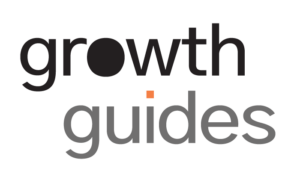WHY TEAMANALYSER STANDS OUT:
A SMARTER APPROACH TO TEAM GROWTH
A SMARTER APPROACH TO TEAM GROWTH
For HR advisors, incubators, and investors, team assessments are a vital tool. They help identify strengths, mitigate risks, and ensure alignment. But most assessments fall into one of two categories





 WHY TEAMANALYSER STANDS OUT:
WHY TEAMANALYSER STANDS OUT: